Francis Bacon: Man and Beast at the Royal Academy – what the critics say
Show brings together several dozen paintings done over the course of Bacon’s 50-year career
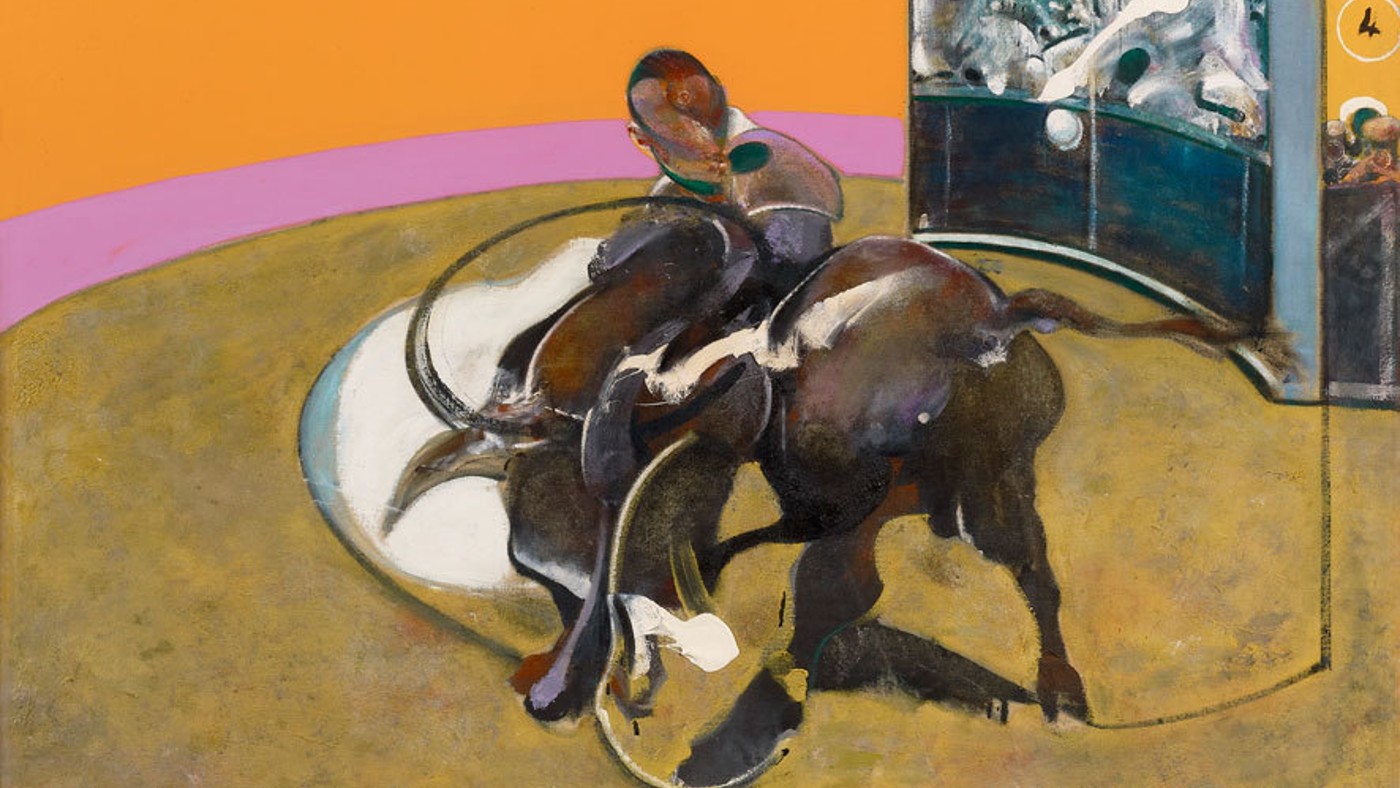
Francis Bacon was “obsessed with the animal world”, said Rachel Campbell-Johnston in The Times. Brought up the son of a racehorse trainer in Ireland, the child who would become “Britain’s most important postwar painter” was a “sickly asthmatic” with an allergy to dogs, and no interest in country pursuits: he “preferred prancing around in girls’ knickers to shooting or riding with hounds”.
Yet all his life, Bacon (1909- 1992) observed animals closely, and as an artist he sought to capture “the unvarnished reality of our human condition” by observing their “uninhibited behaviour”. He watched wild animals in Africa, drew inspiration from the photographer Eadweard Muybridge’s images of animals in motion, and was “riveted” by the primates at London Zoo.
This new exhibition is the first to explore this theme, demonstrating how his interest in animals “at once shaped and warped his approach” to painting the human body. The show brings together several dozen paintings Bacon realised over the course of his 50-year career, from hesitant early works to his final canvas, a “long-lost” depiction of a bull painted in 1991, the year before his death. The “nightmarish menagerie” it presents is harrowing from start to finish – yet, often enough, it is also “profoundly moving”.
The Week
Escape your echo chamber. Get the facts behind the news, plus analysis from multiple perspectives.

Sign up for The Week's Free Newsletters
From our morning news briefing to a weekly Good News Newsletter, get the best of The Week delivered directly to your inbox.
From our morning news briefing to a weekly Good News Newsletter, get the best of The Week delivered directly to your inbox.
There’s “much to admire” here, said Alastair Sooke in The Daily Telegraph. The first image we encounter is a “grisly” painting depicting a “fanged chimpanzee’s mouth, frozen in a howl”: we could be looking straight into “the jaws of hell”. The main draw is a series of privately-owned paintings that have seldom been seen in public, such as Two Figures (1953), depicting a pair of men wrestling “atop bedsheets as luscious as Chantilly cream”. Known as “The Buggers”, it hung in Lucian Freud’s bedroom until he died.
Yet the exhibition is hardly breaking new ground. The idea that the central thrust of Bacon’s work was to demonstrate “the bestiality of mankind” is rather obvious, while several paintings here appear to derive little, if anything, from his observations of animals. What’s more, though Bacon’s paintings may have been “urgent and courageous” expressions of nonconformity when he painted them, they are now “trophies for the super-rich” that seem a little “out of step” with the time – a little “histrionic”.
Bacon is “not always very good”, said Adrian Searle in The Guardian. An “absurd” depiction of his doomed lover George Dyer has its subject seated, his leg dissolving “like a puddle of Silly Putty”; his three paintings of bullfights, gathered together here for the first time, are somewhat melodramatic and “overcooked”; a study of two owls on a branch, meanwhile, just isn’t up to much.
Nevertheless, he is always “arresting”, and there are some wonderful works in this exhibition: one of his screaming popes, with the pontiff in “cloistered solitude, gasping for air”; or 1961’s Paralytic Child Walking on All Fours, a “genuinely shocking” image showing a contorted, simian figure advancing with menace. In Bacon’s work, familiar objects – “a plainly painted doorknob” or a piece of furniture–give way to nightmarishly surreal imagery: “vulnerable and distorted” bodies, screaming heads, “twisted physiognomies”. It’s monstrous: “I want to run away, I can’t stop looking.” And it all adds up to a “grim” but “endlessly fascinating” show.
A free daily email with the biggest news stories of the day – and the best features from TheWeek.com
Royal Academy, London W1 (royalacademy.org.uk). Until 17 April
-
 The week’s best photos
The week’s best photosIn Pictures A drive in the desert, prayers with pigeons, and more
-
 The Week Unwrapped: Will drought fuel global violence?
The Week Unwrapped: Will drought fuel global violence?Podcast Plus why did Trump pardon a drug-trafficking president? And are romantic comedies in terminal decline?
-
 Crossword: December 5, 2025
Crossword: December 5, 2025The daily crossword from The Week
-
 Wake Up Dead Man: ‘arch and witty’ Knives Out sequel
Wake Up Dead Man: ‘arch and witty’ Knives Out sequelThe Week Recommends Daniel Craig returns for the ‘excellent’ third instalment of the murder mystery film series
-
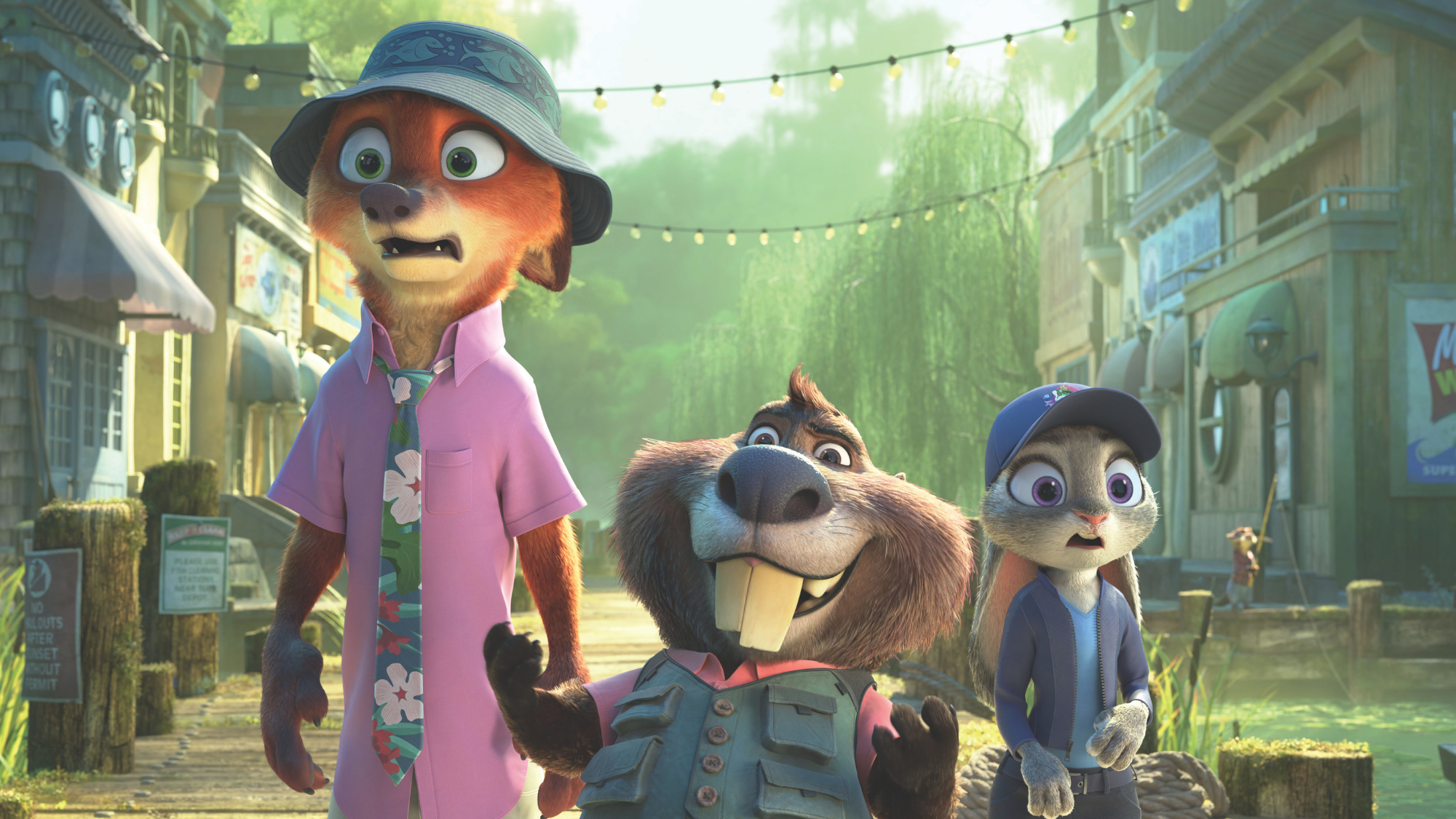 Zootropolis 2: a ‘perky and amusing’ movie
Zootropolis 2: a ‘perky and amusing’ movieThe Week Recommends The talking animals return in a family-friendly sequel
-
 Storyteller: a ‘fitting tribute’ to Robert Louis Stevenson
Storyteller: a ‘fitting tribute’ to Robert Louis StevensonThe Week Recommends Leo Damrosch’s ‘valuable’ biography of the man behind Treasure Island
-
 The rapid-fire brilliance of Tom Stoppard
The rapid-fire brilliance of Tom StoppardIn the Spotlight The 88-year-old was a playwright of dazzling wit and complex ideas
-
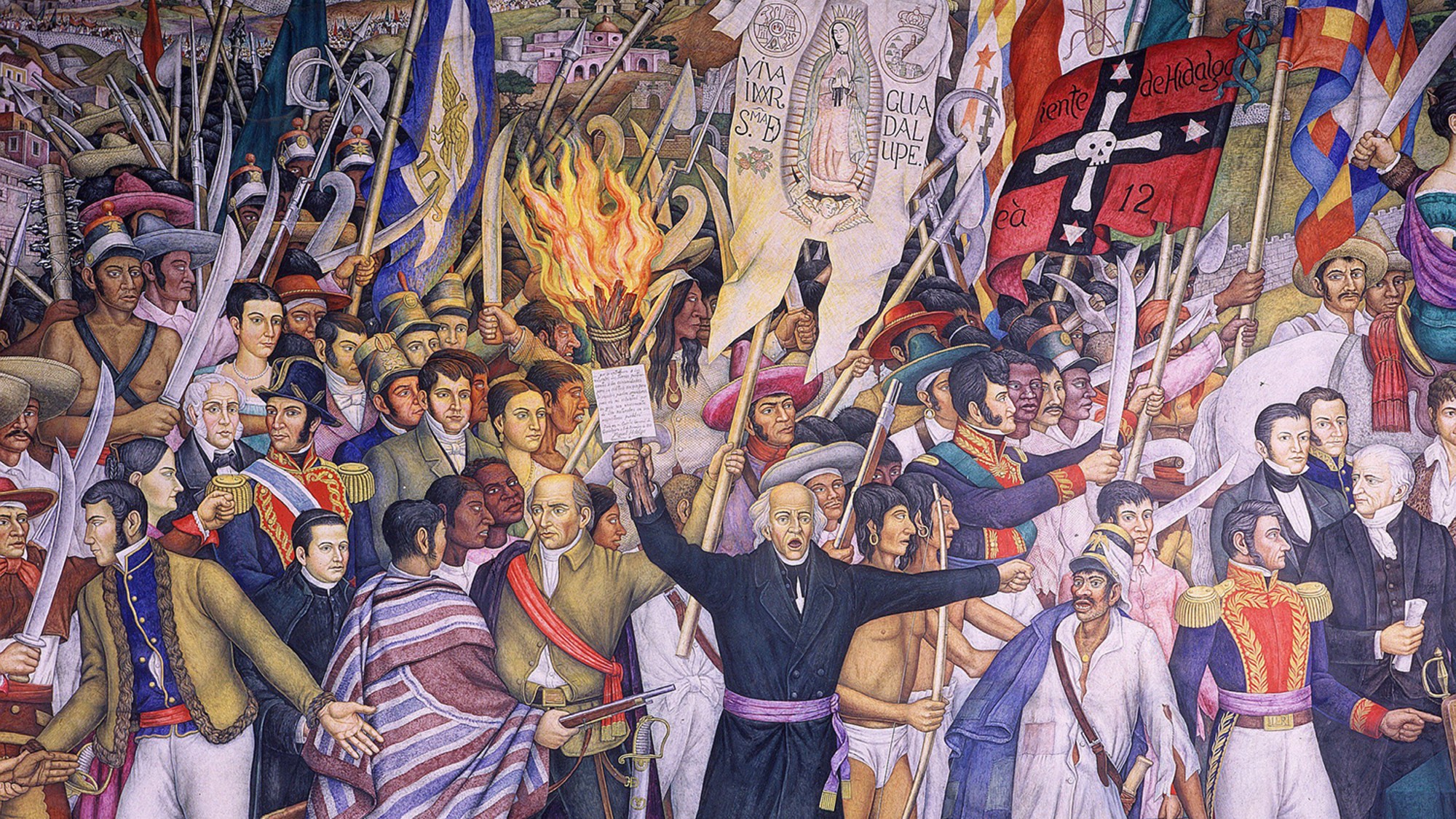 ‘Mexico: A 500-Year History’ by Paul Gillingham and ‘When Caesar Was King: How Sid Caesar Reinvented American Comedy’ by David Margolick
‘Mexico: A 500-Year History’ by Paul Gillingham and ‘When Caesar Was King: How Sid Caesar Reinvented American Comedy’ by David Margolickfeature A chronicle of Mexico’s shifts in power and how Sid Caesar shaped the early days of television
-
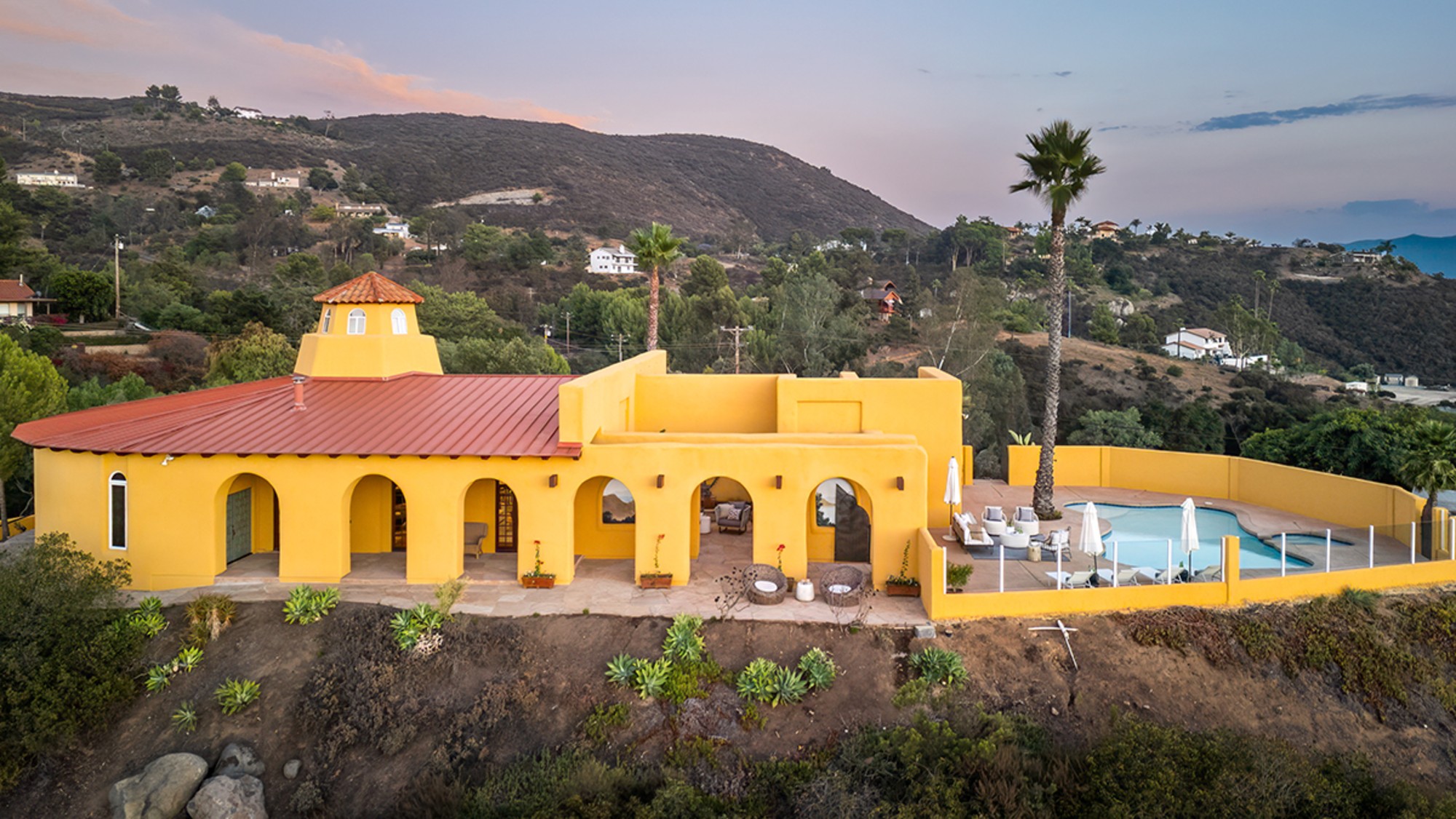 Homes by renowned architects
Homes by renowned architectsFeature Featuring a Leonard Willeke Tudor Revival in Detroit and modern John Storyk design in Woodstock
-
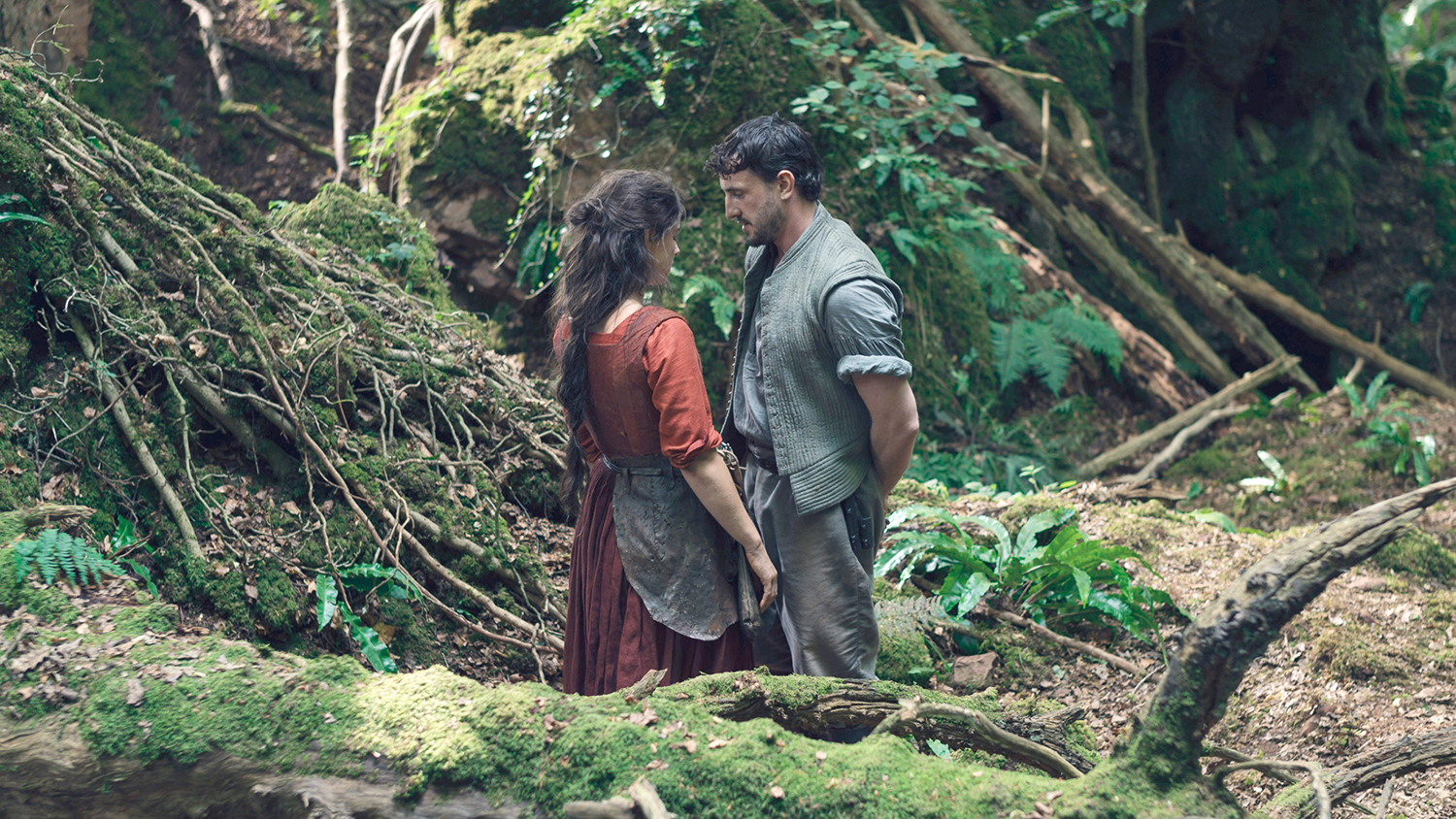 Film reviews: ‘Hamnet,’ ‘Wake Up Dead Man’ and ‘Eternity’
Film reviews: ‘Hamnet,’ ‘Wake Up Dead Man’ and ‘Eternity’Feature Grief inspires Shakespeare’s greatest play, a flamboyant sleuth heads to church and a long-married couple faces a postmortem quandary
-
 We Did OK, Kid: Anthony Hopkins’ candid memoir is a ‘page-turner’
We Did OK, Kid: Anthony Hopkins’ candid memoir is a ‘page-turner’The Week Recommends The 87-year-old recounts his journey from ‘hopeless’ student to Oscar-winning actor